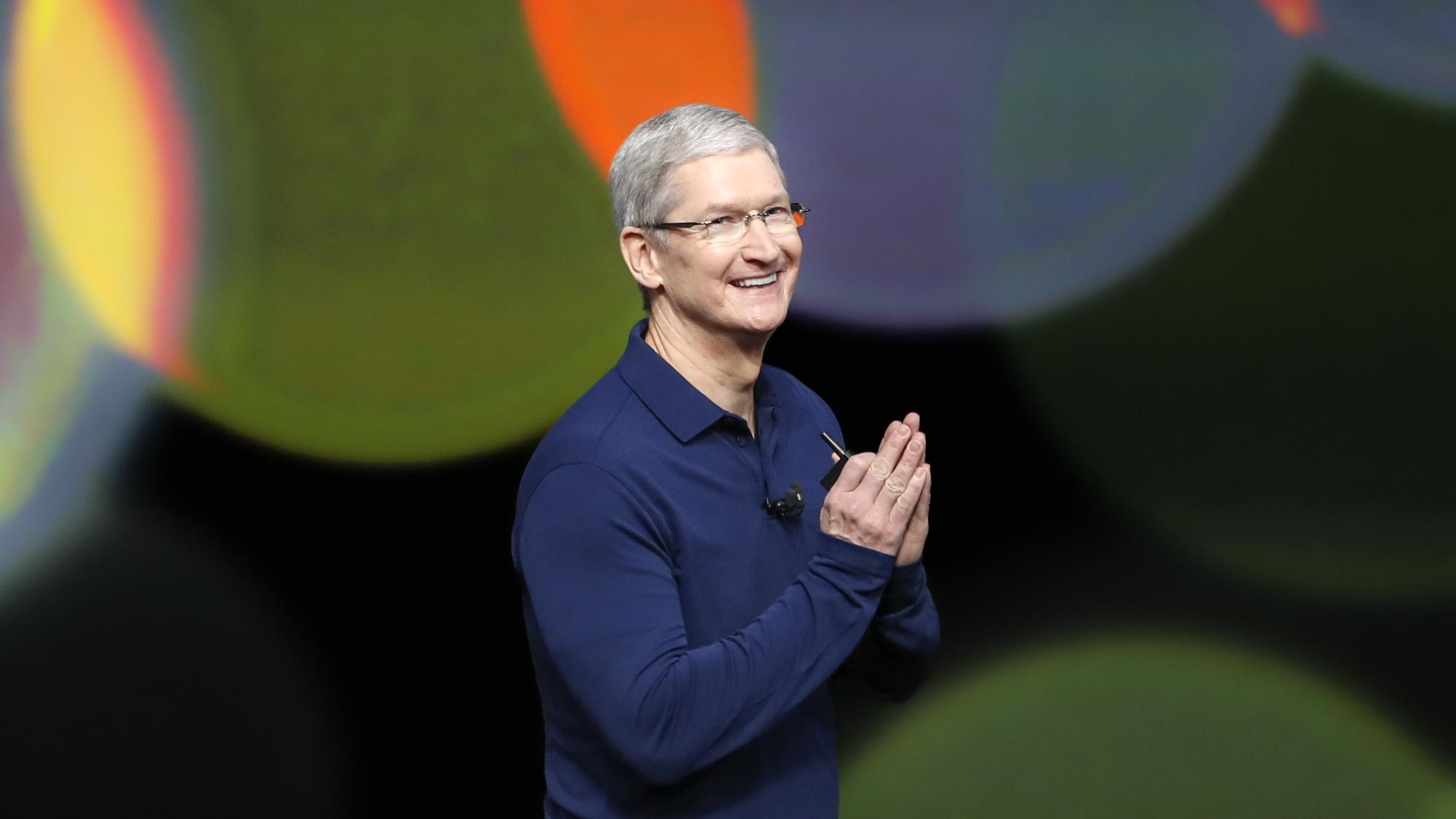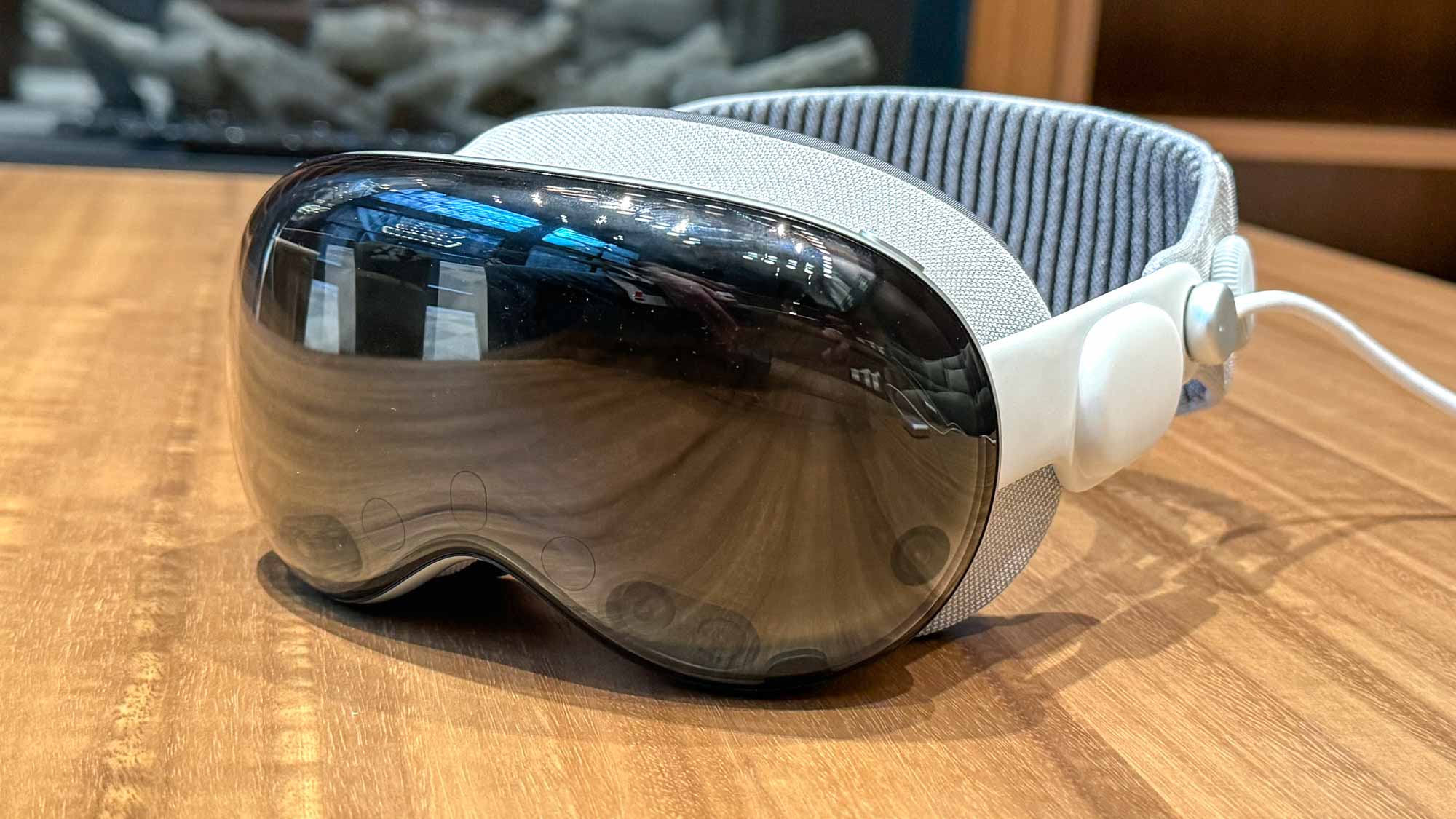
Ahead of the launch of its long-awaited Vision Pro headset, Apple announced its holiday quarter performance today (February 1), in which the company highlighted the success of the iPhone 15 while CEO Tim Cook talked up the potential of AI in the near-term future.
Making the switch from Lighting to USB-C and adding a Titanium frame to the iPhone 15 Pro seems to have paid off for the Apple. In fact, iPhone sales were up from $65 billion in the previous holiday quarter to $69 billion for the three months ended December 30. Apple made that gain despite having one less week in the most recent quarter compared to the year before.
During the call, Cook sounded quite pleased, remarking that the “iPhone 15 is outselling iPhone 14” and that “we feel very good about that” as those who waited to upgrade to this new model helped push sales up.
At the same time, Apple’s installed base of active devices — which includes things like tablets and laptops alongside iPhones — has reached 2.2 billion worldwide. That's an all-time high, Cook said. While the lack of a new iPad last year hurt the company’s tablet sales over the holidays as the Apple Watch ban did for wearables, services like Apple TV Plus and Apple Pay brought in $23 billion in sales, up from $20 billion during the same time period in 2022.
While we expected strong iPhone 15 sales, a big focus of the call turned out to be this week's launch of the Apple Vision Pro. While Apple didn't mention any numbers for the headset — that falls in the current March quarter — Tim Cook expressed his excitement to see the reactions of early adopters and noted that he’ll be at an Apple Store tomorrow to take it all in.
An AI card up its sleeve

One thing that Cook mentioned and stressed several times though is that a great deal of the "magic’"in the Vision Pro from Personas to room mapping is powered by AI and machine learning. The company’s first new product category in years is “built on decades of Apple innovation and it’s years ahead of anything else.”
Although Apple doesn’t like to throw the term AI around like Microsoft does with the new Bing, Cook explained to the investors and analysts on the call that the company is doing a lot of work internally with AI. Cook also said that he sees a “huge opportunity for Apple” with both generative AI and AI overall.
"We will continue to invest in these and other technologies that will shape the future," Cook said. "That includes artificial intelligence where we continue to spend a tremendous amount of time and effort. And we're excited to share the details of our ongoing work in that space later this year."
Cook declined to provide further details on Apple's AI efforts, but his comments come amid reports that iOS 18 figures to put AI features front and center in this year's iPhone software update. Some reports have characterized iOS 18 as the biggest iPhone update ever.
iOS 18 is expected to get a sneak preview at the annual Worldwide Developers Conference, which typically takes place in June.
All of this lines up with how Apple is reportedly ramping up AI acquisitions and recruitment as it prepares to give Siri a major generative AI upgrade as part of iOS 18. We’ve seen what Google, Microsoft, Meta and other tech giants are doing with AI along with their future plans, but WWDC could be the chance for us to finally get a concrete look at how Apple wants to approach this emerging technology.
Apple Vision Pro outlook
Earnings calls like this one serve two purposes: first Apple gets to highlight its successes over the past quarter and recap what it launched this year. But the company also gets to give investors and analysts a glimpse (though very brief) of what’s to come.
While what little info Tim Cook did provide on AI captivated our attention, personally, I was more interested in what he said about the Vision Pro — specifically how it’s already being used by businesses.
For instance, Cook explained that Walmart already has a merchandising app that uses Vision Pro while the business software giant SAP is really behind Apple's headset. Unlike with Microsoft’s now defunct HoloLens which did see some enterprise adoption, the Apple Vision Pro has a chance to succeed where others have failed, especially with 1 million total apps available at launch plus 600 native visionOS apps.
The steep $3,500 price tag is way too high for the average consumer but for businesses looking to innovate, this is a drop in the bucket if the Vision Pro can really deliver on helping them create new experiences and prototype new products. While we’ve reviewed the new headset which we see as “a revolution in progress,” tomorrow we’ll get to see what early adopters think.







